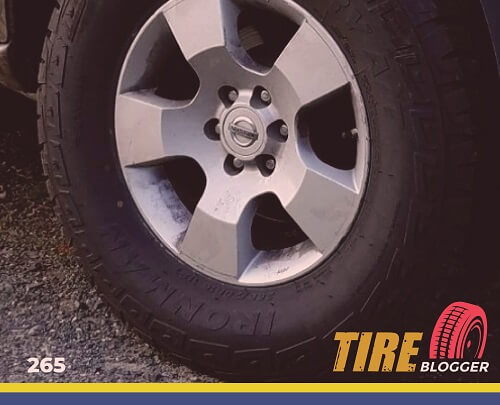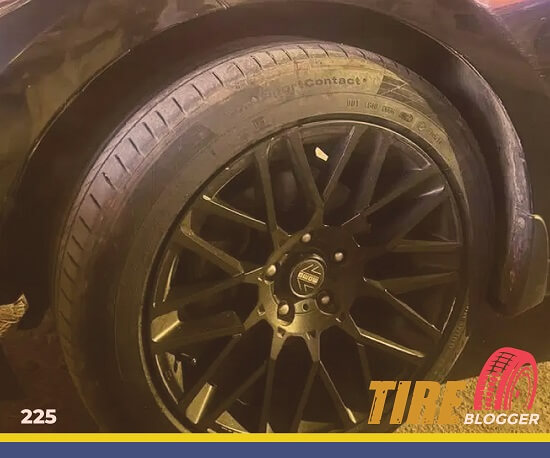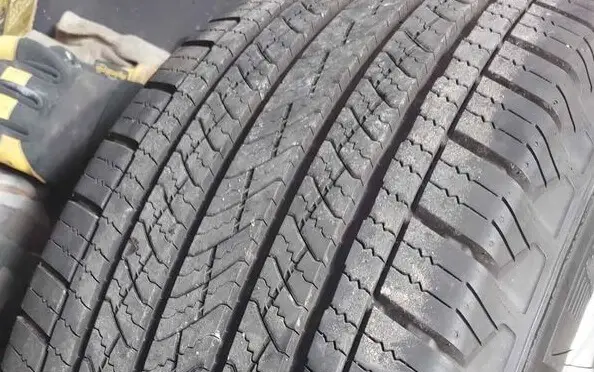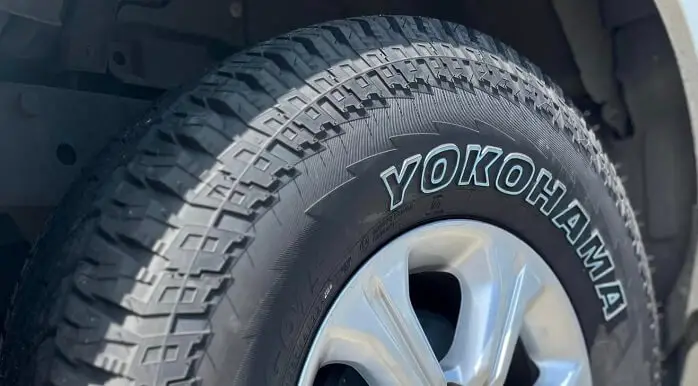225 vs 265 Tires

The main difference between a 225 and a 265 tire is the width – a 265 tire is 40mm (or about 1.5 inches) wider than a 225 tire. This wider tread provides more contact with the road surface, which impacts various performance factors.
225 vs 265 Table
This table provides a quick and easy way to compare and understand the differences between the items listed.
| Tire Size 265 | Tire Size 225 |
|---|---|
| More aggressive aesthetics | More aerodynamic appearance |
| Increased ground clearance | Lower speedometer reading |
| Improved off-road traction and stability | Enhanced responsiveness on pavement |
| Extra tread gives compliant ride | Smoother ride on highway |
| More road noise from tread | Quieter operation |
| Wider footprint provides grip | Nimble handling and steering |
| Absorbs vibration well on rough terrain | Transmits more vibration on uneven roads |
| Potentially faster tread wear | Potentially longer tread life |
| Powers through mud and sand | Cuts through snow/ice effectively |
| Larger outside diameter | Smaller rotational mass |
Ground Clearance
Larger 265 tires provide more ground clearance than 225 tires, giving them an advantage when driving over obstacles or rough terrain.
The extra clearance helps prevent scraping the undercarriage on rocks or bumps. However, the downside is that speedometer readings will be slightly lower with the larger 265 tires.

Fuel Mileage
The smaller 225 tires tend to provide better gas mileage compared to 265 tires. This can be attributed to the 225’s smaller contact patch and lower rotational mass, resulting in less rolling resistance.
For daily commuting or long road trips where fuel efficiency is a priority, the more aerodynamic 225 tire is a better choice. The wider and heavier 265 may look more aggressive, but it comes at the cost of higher fuel consumption.
Ride Comfort
Both tire sizes can provide a comfortable ride but in different scenarios. The 225 tires will generally give a smoother ride on pavement and highways.
But the taller sidewalls and greater air volume of the 265 tires absorb bumps and vibrations better on uneven roads and rugged terrain. The 265 tires dampen the impact from potholes, curbs, and other road irregularities more effectively.
Aesthetics Look
Visually, the wider 265 tire gives a more masculine, aggressive look, especially on trucks, SUVs, or muscle cars. But the narrower 225 maintains a clean, aerodynamic appearance, which many sports sedans prefer.
It comes down to styling preferences, but 265 tires certainly make more of a bold, lifted statement.

Handling & Stability
The 225 tire offers nimbler handling and quicker steering response on dry pavement. But, the 265 provides added stability and traction in mud, snow, or off-road conditions.
The wider footprint delivers more grip and control where loose surfaces are involved. The 225’s smaller contact patch on asphalt enables sharper turning and lane changes.
Noise & Vibration
With their added tread blocks and voids, 265 tires generate more noise, especially at highway speeds. But they also absorb vibration better over bumps and uneven surfaces.
The 225 tire provides a quieter, smoother ride on maintained roads but will transmit more vibration on degraded surfaces. Noise and vibration levels ultimately come down to tread design.
Durability & Wear
Narrower 225 tires potentially exhibit more even treadwear and longer lifespan before needing replacement. The lighter weight and reduced stresses take their toll slower over time.
The 265 tires endure more impacts and flexing, which can accelerate tread wear, particularly on the outer shoulders. But 265 tires are built tougher to withstand off-road abuse as well.

Adverse Conditions
The 225 can cut through to the pavement more effectively in snow and ice, providing added traction where it counts.
But in deep mud, sand, or loose dirt, the much wider 265 tires can power through and keep moving where the narrow 225 might get stuck. For mixed winter driving conditions, a compromise all-terrain 265 tire splits the difference nicely.
Speedometer Reading
Due to their larger outside diameter, 265 tires will register a lower speedometer reading than 225 tires on the exact vehicle.
This must be considered carefully to avoid exceeding speed limits. Going to a 265 tire may require recalibrating the speedometer accordingly to display accurate speeds.
Difference Between 225 and 265 Tires
The main difference is the section width, with 265 tires being 40mm wider than 225 tires. This affects performance factors like grip, handling, and fuel efficiency.

Can I Use 265 Tires Instead of 225?
Yes, it’s possible to replace 225 tires with 265 tires as their rim width ranges overlap. However, ensure the aspect ratio and rim diameter match your current setup. If they don’t, keep the overall diameter difference within 3% to avoid affecting vehicle performance.
Can I Use 225 Tires Instead of 265?
Yes, it’s possible to replace 265 tires with 225 tires as their rim width ranges overlap. It’s essential to remember that the new tires’ aspect ratio and rim diameter should be compatible with your existing configuration.
To prevent impacts on speedometer precision and vehicle performance, any difference in overall diameter should remain within 3% if the aspect ratio or rim diameter doesn’t match exactly.

Can You Put 225 Tires on 265 Rims?
Yes, you can put 225 tires on rims designed for 265 tires. The ideal rim width range for 225 tires (6.5-8.0 inches) overlaps with the range for 265 tires (8.0-9.5 inches) at 8.0 inches, ensuring proper fitment.
Can You Put 265 Tires on 225 Rims?
Yes, you can put 265 tires on rims designed for 225 tires. The ideal rim width range for 265 tires (8.0-9.5 inches) overlaps with the range for 225 tires (6.5-8.0 inches) at 8.0 inches, allowing for proper fitment.
Our Observation
After comparing these two tire sizes, I’m struck by how tire width involves trade-offs. Wider 265 tires grab my attention with their rugged looks and more excellent traction in mud or snow.
But I don’t underestimate those narrower 225s – their responsive handling and fuel efficiency suit my daily commute. For me, the ideal tire balances capability and efficiency.
Since I only occasionally go off-road, I would likely choose the 225 over the 265 for my vehicle. The slightly smaller size better fits my driving needs as an everyday commuter who still wants to confidently handle the occasional detour.

Meet Caitlin McCormack, a Tire Size Expert and Blogger Passionate About Everything Related to Tires. With Years of Experience in the Tire Industry, Caitlin Has Become an Expert in Tire Sizes and Their Impact on Vehicle Performance.
